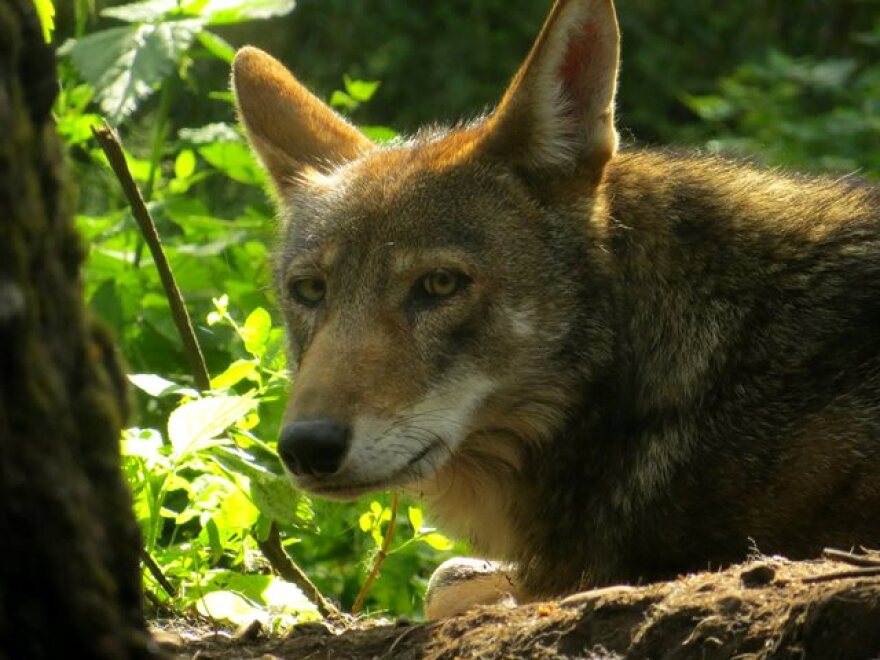RALEIGH, N.C. (AP) — Illegal killings and longstanding political resistance have undercut the return of two species of endangered wolves to the wild, frustrating government efforts that already cost more than $80 million but have failed to meet recovery targets.
The number of red wolves roaming the forests of North Carolina has plunged to fewer than three dozen in recent years — the most precarious position of any U.S. wolf species.
In the Southwest, a record number of Mexican gray wolves turned up dead in 2018, tempering an increase in the overall population to 131 animals.
With such small numbers in the wild, biologists say poaching has a big effect. Over the last two decades, more than half of Mexican wolf deaths and about one in four red wolf deaths resulted from gunshots or were otherwise deemed illegal, The Associated Press found.
"It's basically a numbers game," said Brady McGee, who heads the Mexican wolf recovery program for the U.S. Fish and Wildlife Service. "As we're trying to recover these wolves in the wild, illegal mortalities are still one of the biggest threats."
For red wolves, gunshot deaths are a problem particularly when hunting season collides with wolf breeding season, said Pete Benjamin, a Fish and Wildlife Service field supervisor in North Carolina.
Wolf recovery is further hindered by political opposition over attacks on livestock or game animals and longstanding arguments over whether the wolves should be treated as distinct species warranting continued protection.
With no changes to current management, the wild population of red wolves likely will be lost within the next decade, according to federal officials . The Mexican gray wolf recovery team is more confident and hopes to double the number in the wild over several years.
___
FRAUGHT HISTORY, MIXED RESULTS
Conflicts over wolves have persisted since Europeans arrived in America. Bounties paid by early settlers gave way to government extermination campaigns as the animals clashed with the agrarian way of life.
When federal officials began recovery efforts in the late 1960s, only remnant populations remained — Western gray wolves along the U.S.-Canada border, red wolves on the Gulf Coast of Texas and Louisiana and Mexican wolves south of the border.
Reintroduction programs faced stiff resistance from ranchers and rural communities, a hurdle that so far the Western gray wolf alone has overcome.
Western gray wolves now number around 6,000 in the Northern Rockies, Pacific Northwest and Western Great Lakes. They're legal to hunt in Montana, Idaho and Wyoming, and U.S. officials in March announced plans to end their remaining federal protections across the Lower 48 states.
The main reason for their success is location: Western gray wolves were reintroduced to areas with expansive public lands and plenty of deer, elk and other prey.
"The habitat was so good that it didn't matter if half the people hated them," said Ed Bangs, a retired federal biologist who led recovery efforts in the Northern Rockies.
By contrast, Mexican wolves live in isolated desert mountain ranges, where year-round livestock grazing increases their odds of running into trouble. Red wolves are in an area dominated by farms and private land.
At least 96 red wolves died of gunshot wounds over nearly three decades. For Mexican wolves, 83 deaths were classified as "illegal" over 20 years and that doesn't include any of the 21 deaths in 2018 still under investigation.
The Mexican and red wolf populations are struggling despite a great amount of money and work put into their reintroduction.
Since 1977, more than $44.2 million has been spent on the Mexican wolf, according to federal reports. At least $39.4 million has been spent on red wolves over the past three decades.
About $160 million more has been spent primarily on Western gray wolves.


